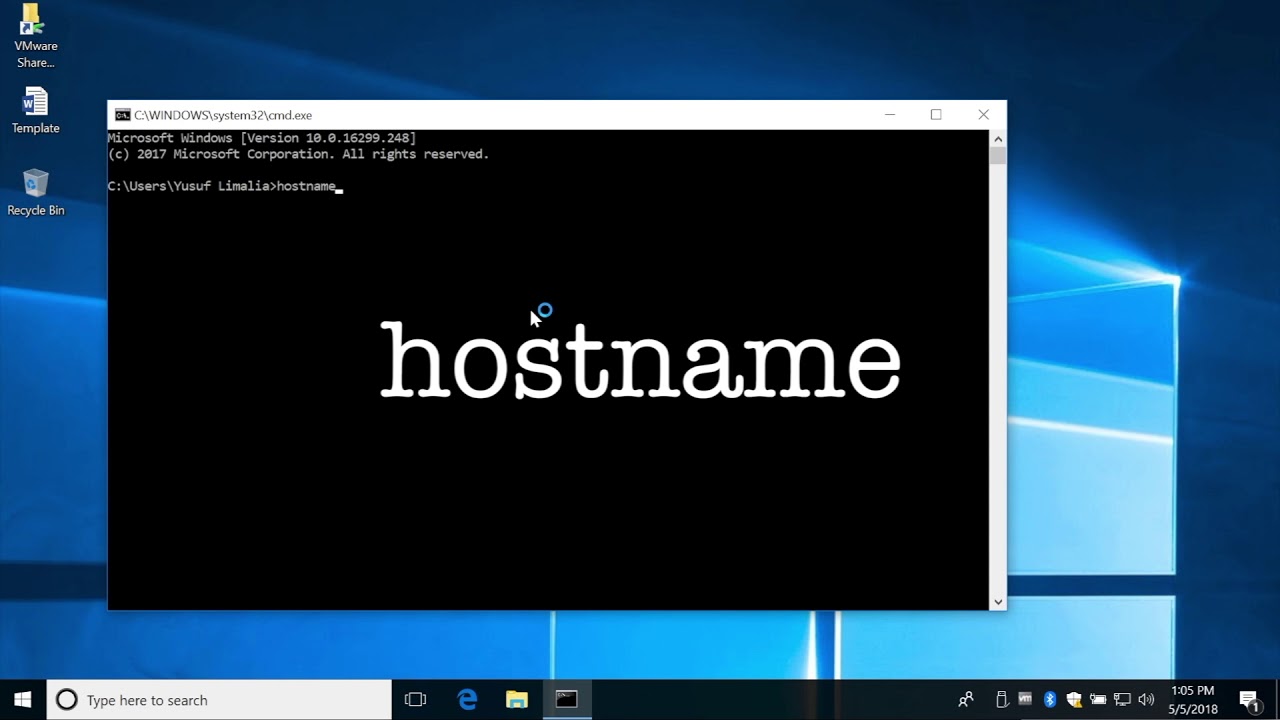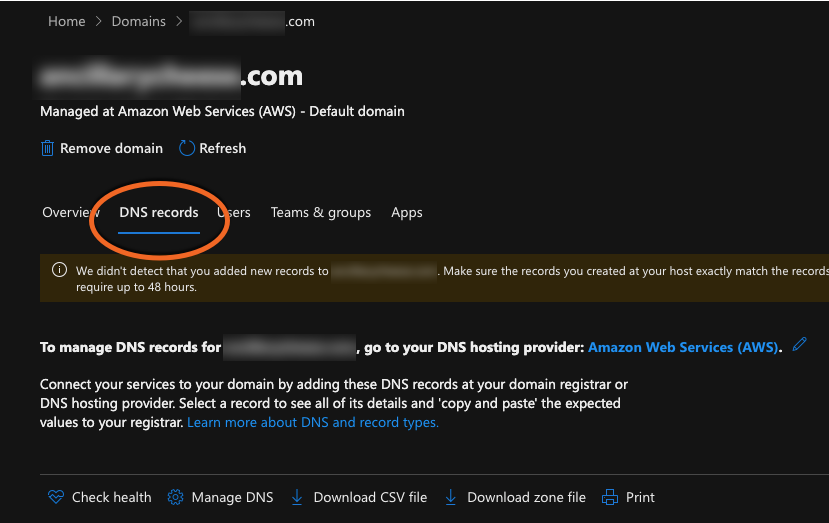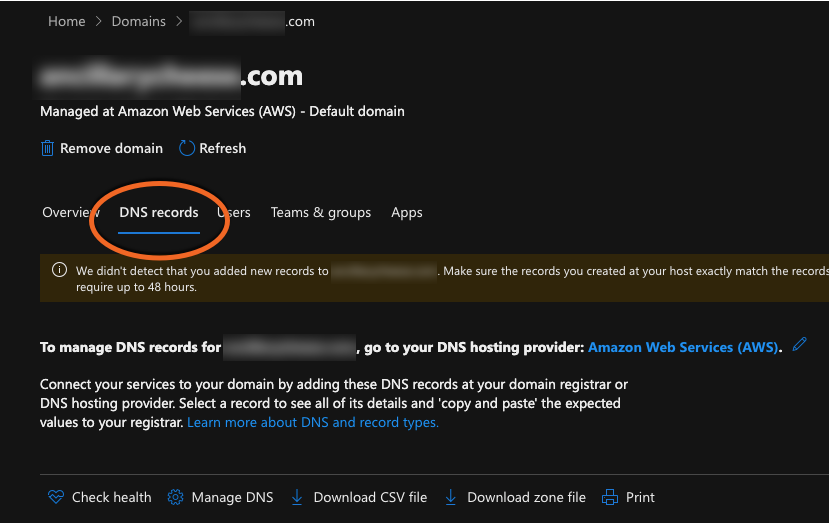Find domain host, a phrase that echoes throughout the digital landscape, is a critical step in establishing an online presence. Whether you’re a budding entrepreneur, a seasoned blogger, or a seasoned business owner, understanding the intricacies of domain hosting is paramount to a successful online journey.
This guide delves into the world of domain hosting, unraveling the connection between domain names and hosting providers. We’ll explore key functionalities, analyze hosting plan options, and guide you through the process of registering and managing your domain and hosting services.
Understanding Domain Hosting

Imagine you have a fantastic website, but no one can find it. That’s where domain hosting comes in. It’s like a bridge connecting your website’s address (domain name) to a physical location where it lives (hosting server).
Relationship Between Domain Name and Hosting Provider
A domain name is the unique address people use to access your website. It’s like a street address for your online presence. A hosting provider is the company that provides the physical space and resources for your website to exist. Think of them as the landlord of your online home.
Key Functionalities of Domain Hosting Services, Find domain host
Domain hosting services offer various features that make your website accessible and functional. Here’s a breakdown of key functionalities:
- Storage: Your website’s files (images, text, code) need a place to live. Hosting providers offer storage space on their servers to hold your website’s data.
- Bandwidth: When visitors access your website, data needs to be transferred. Bandwidth refers to the amount of data that can be transferred per unit of time. Hosting providers offer different bandwidth levels based on your website’s traffic needs.
- Security: Your website needs protection from malicious attacks and data breaches. Hosting providers offer security features like firewalls, malware scanning, and SSL certificates to safeguard your website.
- Email: Many hosting providers offer email services associated with your domain name. This allows you to create professional email addresses for your business or personal use.
- Website Management Tools: Hosting providers often provide tools to manage your website, such as website builders, content management systems (CMS), and databases. These tools simplify website creation and maintenance.
Popular Domain Hosting Providers
Several companies offer domain hosting services, each with its own strengths and pricing. Here are some popular examples:
- GoDaddy: One of the largest domain registrars and hosting providers, known for its user-friendly interface and wide range of services.
- Bluehost: A popular choice for WordPress hosting, offering reliable performance and affordable plans.
- HostGator: Another well-known provider offering a variety of hosting plans, including shared, VPS, and dedicated servers.
- Namecheap: Known for its competitive pricing and focus on domain registration services.
Domain Registration and Hosting: Find Domain Host

Domain registration and hosting are the cornerstones of establishing a web presence. They involve securing a unique online address for your website and renting server space to store your website’s files.
Domain Name Registration
Registering a domain name is like reserving your spot on the internet. It’s the process of securing a unique address for your website, allowing users to access your content easily. Here’s how it works:
- Choose a Domain Registrar: Domain registrars are companies that manage domain name registrations. Popular options include GoDaddy, Namecheap, and Google Domains. Each registrar offers various domain extensions, pricing, and features.
- Select a Domain Name: The domain name is your website’s address, such as “example.com.” It should be memorable, relevant to your content, and easy to spell.
- Check Availability: Before registering, ensure your desired domain name is available. Most registrars have a search function to check for availability.
- Complete the Registration: If the domain name is available, you’ll need to provide your personal information and payment details to complete the registration process.
- Choose a Domain Extension: The domain extension is the part of the domain name after the dot (e.g., “.com,” “.net,” “.org”). The extension you choose can influence your website’s perception and target audience.
Choosing a Suitable Domain Name
Selecting the right domain name is crucial for your website’s success. A good domain name should be:
- Memorable and Easy to Spell: People should be able to remember and spell your domain name easily. Avoid using complicated words or unusual spellings.
- Relevant to Your Content: The domain name should reflect the content of your website. It should be clear what your website is about based on the domain name.
- Short and Concise: Shorter domain names are generally easier to remember and type. Aim for a domain name that is no more than 15 characters long.
- Available: Before you settle on a domain name, ensure it’s available for registration.
- Brandable: If you plan to build a brand, choose a domain name that is easy to pronounce and memorable.
Setting Up a Domain with a Hosting Provider
Once you have registered a domain name, you need to set it up with a hosting provider. Hosting providers offer server space to store your website’s files, making them accessible to visitors. Here’s how to set up your domain with a hosting provider:
- Choose a Hosting Provider: Hosting providers offer various plans and features, including shared hosting, VPS hosting, and dedicated servers. Consider your website’s needs and budget when choosing a provider.
- Create a Hosting Account: Sign up for a hosting account with your chosen provider. You’ll need to provide your personal information and payment details.
- Point Your Domain to Your Hosting Account: This step involves updating your domain name’s DNS settings to point to your hosting provider’s servers. This ensures that when someone types in your domain name, they are directed to your website.
- Install a Website Builder or Content Management System: You can either use a website builder, which provides a user-friendly interface for creating websites without coding, or install a content management system (CMS) like WordPress, which gives you more control over your website’s content and functionality.
- Upload Your Website Files: Once you’ve created your website, upload its files to your hosting account. This can be done using a File Transfer Protocol (FTP) client or through your hosting provider’s control panel.
Cost and Pricing of Domain Hosting

Domain hosting prices can vary widely, and understanding the factors that influence these costs is crucial for making informed decisions. This section explores the pricing structures of different hosting providers and the factors that impact the overall cost.
Pricing Structures of Different Hosting Providers
Hosting providers offer a range of pricing structures, each with its own set of advantages and disadvantages. Understanding these structures is essential for choosing a plan that aligns with your specific needs and budget.
- Shared Hosting: This is the most affordable option, where multiple websites share the same server resources. Shared hosting plans typically have lower monthly fees, making them suitable for budget-conscious individuals and small businesses with low traffic websites.
- VPS Hosting: Virtual Private Server (VPS) hosting offers more resources and control compared to shared hosting. While VPS plans are more expensive than shared hosting, they provide better performance, security, and scalability, making them ideal for websites with moderate traffic.
- Dedicated Hosting: Dedicated hosting provides the highest level of performance and control, as you have an entire server dedicated to your website. These plans are the most expensive but offer the best performance, security, and flexibility, making them suitable for high-traffic websites, e-commerce platforms, and demanding applications.
- Cloud Hosting: Cloud hosting utilizes a network of servers to distribute resources, providing scalability and flexibility. This option is ideal for websites with fluctuating traffic and can be more expensive than traditional hosting but offers greater reliability and scalability.
Factors Influencing Hosting Costs
Several factors influence the cost of domain hosting, including:
- Hosting Plan: The type of hosting plan you choose, whether shared, VPS, dedicated, or cloud, significantly impacts the cost. Higher-end plans with more resources and features come with higher price tags.
- Storage Space: The amount of storage space allocated for your website’s files and data affects the cost. Larger storage space requirements translate to higher hosting fees.
- Bandwidth: Bandwidth refers to the amount of data that can be transferred to and from your website. Higher bandwidth requirements, especially for websites with high traffic, result in higher hosting costs.
- Features: Additional features like email accounts, databases, security features, and website builders can increase hosting costs.
- Duration of Contract: Hosting providers often offer discounts for longer contract durations. Choosing a longer-term plan can save you money in the long run.
- Provider Reputation: Reputable hosting providers with a proven track record of reliability and customer support may charge higher prices compared to less established providers.
Value Proposition of Various Hosting Plans
Understanding the value proposition of different hosting plans is essential for making an informed decision. Consider the following:
- Shared Hosting: This plan offers the most affordable option, ideal for budget-conscious individuals and small businesses with low traffic websites. However, shared hosting can experience performance issues due to resource sharing with other websites.
- VPS Hosting: VPS hosting provides a balance between affordability and performance, making it suitable for websites with moderate traffic. It offers better resource allocation and control compared to shared hosting.
- Dedicated Hosting: Dedicated hosting provides the highest level of performance and control, making it ideal for high-traffic websites and demanding applications. However, it is the most expensive option.
- Cloud Hosting: Cloud hosting offers scalability and flexibility, ideal for websites with fluctuating traffic. It provides high availability and reliability but can be more expensive than traditional hosting.
Troubleshooting Domain Hosting Issues
It’s inevitable that you’ll encounter some challenges with your domain hosting at some point. This section will guide you through troubleshooting common domain hosting problems, identifying potential causes of website downtime and slow loading speeds, and providing solutions for resolving domain name errors and DNS issues.
Website Downtime
Website downtime can be a major inconvenience for your visitors and can negatively impact your business. Here are some common causes of website downtime:
- Server Issues: Hardware failures, software bugs, or even routine maintenance can lead to server downtime.
- Network Connectivity Problems: Issues with your internet connection or the network infrastructure of your hosting provider can cause your website to become inaccessible.
- Website Code Errors: Bugs in your website’s code, such as syntax errors or database connection problems, can prevent your website from loading correctly.
- High Traffic: A sudden surge in traffic to your website can overload your server and cause it to become unresponsive.
- Security Breaches: Hackers can attack your website, potentially causing it to go down or redirecting visitors to malicious websites.
Slow Website Loading Speeds
Slow website loading speeds can frustrate visitors and lead to a higher bounce rate. Here are some common causes of slow loading speeds:
- Large File Sizes: Images, videos, and other files on your website can contribute to slow loading times if they are too large.
- Inefficient Website Code: Complex website code, especially if it is not optimized for performance, can slow down your website.
- Slow Server Response Time: If your server is overloaded or experiencing performance issues, it can take longer to respond to requests from your website’s visitors.
- External Resources: Scripts, fonts, and other resources loaded from external websites can slow down your website’s loading time if they are not optimized or if the external website is experiencing performance issues.
- Poor Website Caching: Caching helps to reduce the amount of data that needs to be loaded from the server, but if your website’s caching is not configured properly, it can actually slow down loading times.
Domain Name Errors and DNS Issues
Domain name errors and DNS issues can prevent visitors from reaching your website. Here are some common problems and their solutions:
- Incorrect Domain Name: Make sure you are typing the correct domain name into your web browser. Double-check the spelling and ensure you are using the correct top-level domain (e.g., .com, .net, .org).
- Domain Name Expired: If your domain name has expired, it will no longer resolve to your website. Renew your domain name as soon as possible to avoid losing your website.
- DNS Propagation Issues: When you make changes to your DNS settings, it can take some time for those changes to propagate across the internet. This can cause temporary errors when trying to access your website.
- DNS Server Errors: Your DNS server may be experiencing issues, preventing your domain name from resolving correctly. Contact your hosting provider or DNS registrar for assistance.
- Incorrect DNS Records: Make sure that your DNS records are correctly configured to point to your website’s server. This includes the A record, CNAME record, and MX record.
Troubleshooting Steps for Common Domain Hosting Problems
Here are some general troubleshooting steps you can take when encountering domain hosting problems:
- Check your internet connection. Make sure you have a stable and reliable internet connection. Try accessing other websites to see if the problem is isolated to your website.
- Clear your browser cache and cookies. This can help to resolve issues caused by outdated or corrupted cached data.
- Check your website’s code for errors. Look for syntax errors, database connection problems, or other issues that might be preventing your website from loading correctly.
- Contact your hosting provider. If you suspect that the problem is with your server or DNS settings, contact your hosting provider for assistance.
- Check your DNS settings. Make sure your DNS records are correctly configured to point to your website’s server.
- Run a website speed test. Use a website speed test tool to identify potential performance bottlenecks and areas for optimization.
- Use a website uptime monitoring tool. This can help you track your website’s availability and notify you of any downtime issues.
Ending Remarks
Navigating the world of domain hosting can seem daunting, but with the right knowledge and guidance, you can confidently select a hosting solution that aligns with your needs and aspirations. This comprehensive guide has equipped you with the tools to make informed decisions, manage your domain and hosting effectively, and ultimately, establish a robust and thriving online presence.





